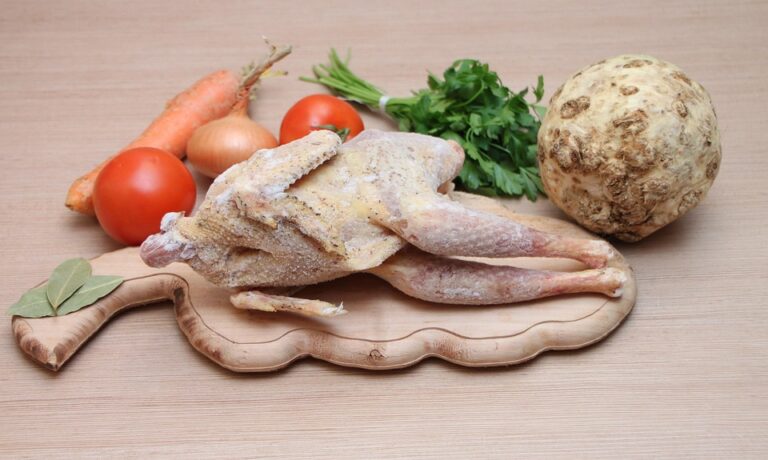
Sustainability in Frozen Meat Transport and Packaging Materials
As the demand for frozen meat continues to rise globally, the need for sustainable practices in its transport and packaging materials becomes increasingly important. In this report, we will delve into the key aspects of sustainability in frozen meat transport and packaging materials, exploring industry trends, financial implications, and real-world examples of companies leading the way in this space.
Industry Trends
The frozen meat industry is a significant contributor to global greenhouse gas emissions due to the energy-intensive processes involved in freezing, storing, and transporting meat products. As a result, there is a growing push towards more sustainable practices in the industry to reduce its environmental impact.
One key trend in the industry is the adoption of more energy-efficient refrigeration systems in transport vehicles. Companies are increasingly investing in technologies such as electric-powered refrigeration units and advanced insulation materials to reduce energy consumption and carbon emissions during the transportation of frozen meat products.
Another trend is the use of bio-based and compostable packaging materials for frozen meat products. Traditional packaging materials such as polystyrene foam and plastic films are not only harmful to the environment but also contribute to the overall carbon footprint of frozen meat products. Companies are exploring alternative packaging materials made from renewable sources such as plant-based plastics and compostable materials to reduce waste and environmental impact.
Financial Implications
While the initial investment in sustainable transport and packaging materials may be higher than traditional methods, companies can benefit from long-term cost savings and increased brand reputation by adopting sustainable practices. Energy-efficient refrigeration systems can lead to lower fuel costs and reduced maintenance expenses, ultimately resulting in significant cost savings over time.
In addition, using bio-based and compostable packaging materials can help companies reduce their reliance on fossil fuels and minimize their environmental impact. Consumers are increasingly demanding sustainable products, and companies that prioritize sustainability in their operations are likely to attract more customers and drive revenue growth in the long run.
Real-World Examples
Several companies in the frozen meat industry are already leading the way in sustainability practices. One example is Tyson Foods, which has committed to reducing its greenhouse gas emissions by 30% by 2030 and sourcing 30% of its energy from renewable sources by 2030. The company is investing in energy-efficient refrigeration systems and exploring alternative packaging materials to achieve its sustainability goals.
Another example is Nestle, which has pledged to make all of its packaging recyclable or reusable by 2025. The company is also investing in research and development to find innovative solutions for sustainable packaging materials for its frozen meat products.
Overall, the future of sustainability in frozen meat transport and packaging materials looks promising as companies continue to invest in energy-efficient technologies and eco-friendly packaging materials. By prioritizing sustainability in their operations, companies can not only reduce their environmental impact but also drive cost savings and attract customers who value sustainable products.